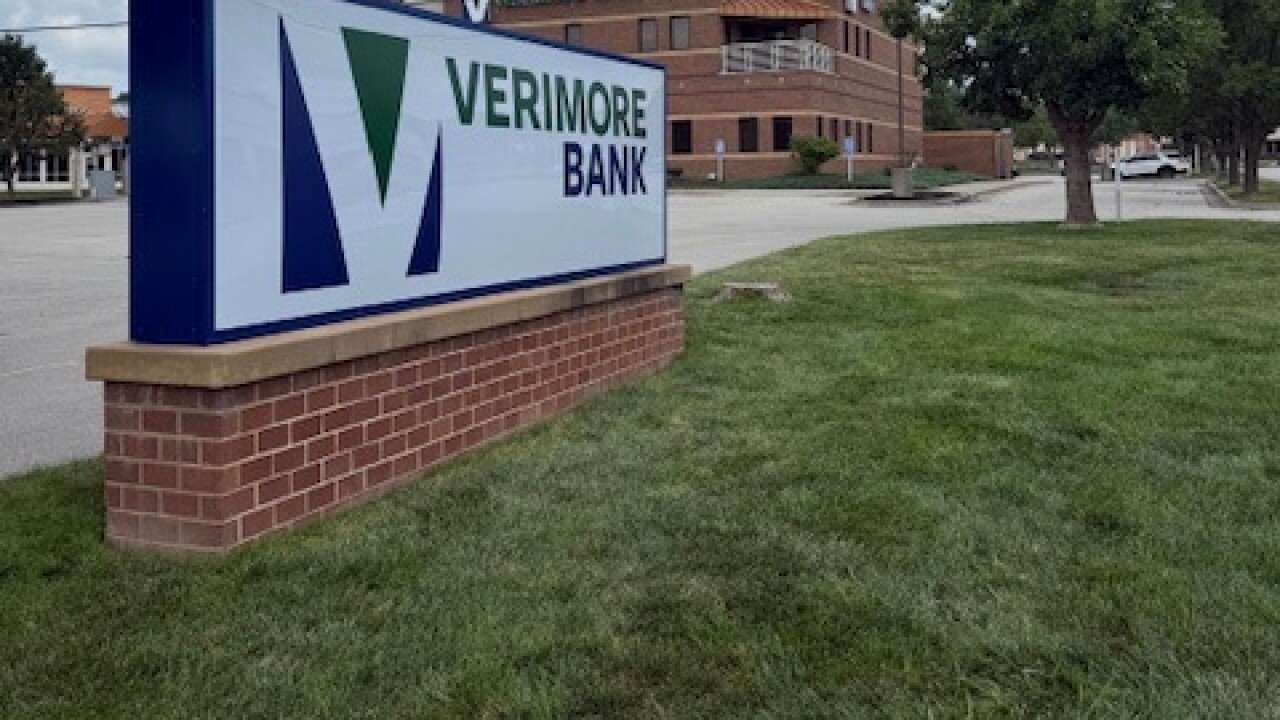Wachovia Corp.’s creation of a position to oversee its branch network is partly a response to increased competition for attractive locations as well as a bid to attract customers, a top executive said.
The Charlotte company said Wednesday that it had hired Karen Curtin as its director of network management, a new position that will coordinate efforts to expand its branch and automatic teller machine network.
Ms. Curtin joined Wachovia Sept. 19. In early July she left Washington Mutual Inc., where she had been the chief innovation and customer insight officer. She had led the Seattle thrift company’s branch-building program and helped develop its cafe-style Occasio store program. Wamu obtained a patent for the concept last year.
Benjamin P. Jenkins 3d, who runs the $512 billion-asset Wachovia’s general bank, said in an interview that it probably would not ask Ms. Curtin to oversee such a dramatic overhaul of its 3,100-branch network. Instead, she will asked to help the company make other adjustments in its retail distribution system as it looks to gain an edge over its competitors, Mr. Jenkins said.
Banking is “a very mature business and very easy to copy,” he said. “It’s hard to have a real sustainable competitive advantage. … We’re trying to get a lot more thoughtful, strategic, and fact-based about how we manage the distribution base.”
Mr. Jenkins estimated that Wachovia spends $4.5 billion a year to operate its entire distribution network, including personnel and branch maintenance, and that it invests anywhere from $250 million to $325 million a year to build and refurbish branches.
A key concern is finding ways to operate the branches more efficiently, either to lower expenses or become more productive, he said.
In a separate interview, Ms. Curtin said she is still learning about Wachovia’s target audience. “We’ll look at … [ways] to optimize the network,” she said. “What we can do is create a unique customer experience at Wachovia.”
Analysts said such efforts would be important as Wachovia looks for any slight edge in retail banking, given the competition for customers and lower-cost deposits.
“Deposits are slowing, so to be competitive you have to be just a little bit better than the others. … Wachovia’s de novo efforts are not going to be easy, because they are in competitive markets,” said Jennifer Thompson, an analyst at Oppenheimer & Co. Inc.
Wachovia, meanwhile, is focusing on branch-building in some of the nation’s hottest markets. It plans to build about 100 branches a year for the time being — half of them in Texas, a state where the most bank acquisition deals have been announced this year.
In June the company announced a plan to open 10 to 12 branches on New York’s Long Island over the next 18 months. Finding suitable locations there has proven difficult, because of a scarcity of land, and Mr. Jenkins said the addition of Ms. Curtin could help Wachovia as it addresses such a hurdle.
“There is a question of whether you can reconfigure the existing financial center to build on smaller sites,” he said. “It has plenty of appeal to us … [and] her creativity will be a key to doing that.”
Kevin Fitzsimmons, an analyst at Sandler O’Neill & Partners LP, said that Wachovia has been “pretty careful” about finding the right sites for its branches in the past, and that it will need to continue to make good decisions in markets such as New York.
“You don’t want to make the mistake of picking the wrong sites,” Mr. Fitzsimmons said. “They have added someone who will put some serious thought into how it is all laid out and put together.”
Mr. Fitzsimmons also said he does not take Ms. Curtin’s hiring as a sign that dealmaking is taking a backseat to building branches.
(Wachovia is set to enter southern California through its deal to buy Westcorp of Irvine and WFS Financial Inc., the auto finance company majority owned by Westcorp. Executives at Wachovia have downplayed the California aspect of that deal while promoting the auto-lending aspect.)
Though Ms. Curtin came from Wamu — which, she said, was on pace to add 250 branches this year when she left — Mr. Jenkins said Wachovia has no plans to dramatically increase its annual branch-building target.
It is also evaluating its branch network for potential closings. It disclosed in an Aug. 12 letter to the Office of the Comptroller of the Currency that it would close 41 branches where it saw “substantial market overlap,” largely as a result of its acquisition of SouthTrust Corp. last year.
Ms. Curtin said that 75% of Wachovia’s branches are more than 16 years old, and that she will “take a look” at whether new branches and automated teller machines are needed, and whether branches need to be consolidated and refurbished. She also plans to proceed with a series of master plans for all its markets.
“We have to determine what are the most efficient and effective distribution points within our region,” she said. “Customers move around and use our distribution channels in various ways, and that evolves over time.”





